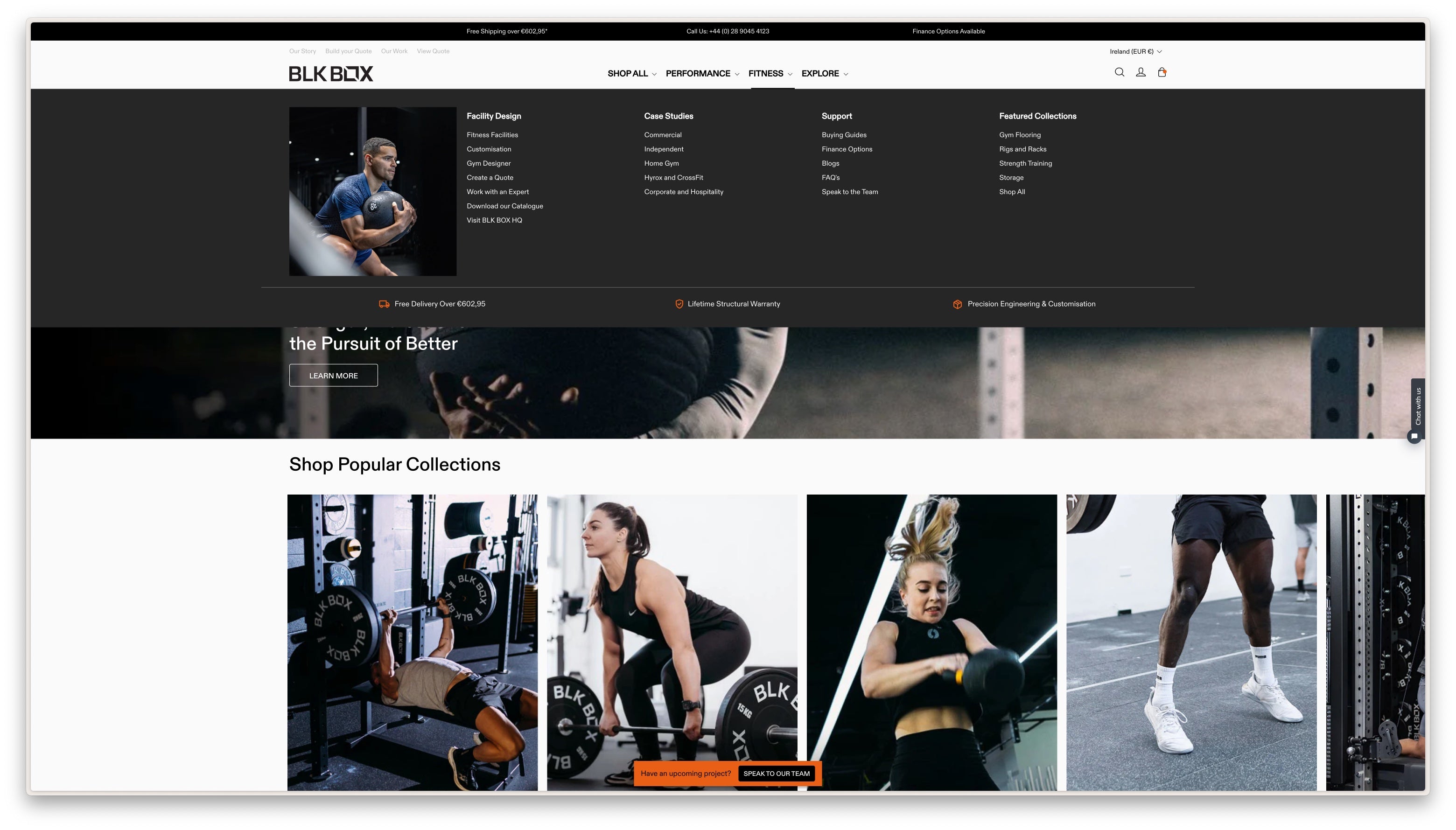Why Glaze
We have everything you need to scale your Shopify store.
-
1.5%
Shopify Plus Partner
We’re in the top 1.5% of Shopify agencies in the world which we're very proud of.
-
250+
Stores Built
We’ve grown hundreds of businesses across a variety of industries.
-
£20m
Monthly Store Revenue
Over £20m generated each month by stores we have built.
-
£0-£1m
Revenue Growth
We've helped multiple stores grow from £0 to over £1m per year.
Trusted by the Best
We're trusted by over 250 Shopify stores across a range of industries.
About us
To put it simply, we help you get the most out of the Shopify platform. Whether your goal is to make your first sale or your first million, you’ve come to the right place.
We’ve collaborated with businesses of all sizes in a variety of sectors. This wide range of experience has provided us with an in-depth understanding of every industry from confectionery to construction. And since 2014, we’ve created over 250 stores, with current collective sales of over £20 million per month.
We are Shopify Plus Partners, placing us in their top 1.5% of business partners in the world. Our main headquarters are in Belfast, but we have clients all across the globe. So if you’re ready to let your store shine, get in touch today.”
We’re Glaze, a full service Shopify agency. For over 10 years we’ve been helping businesses to grow by transforming their online stores.

OUR PARTNERS
We are partners with the leading Shopify Apps
We have key partnerships with the top advertising partners required to drive growth. For any issues, support requests, new features, or general questions we are well connected and approved to support your growth.
Client Testimonials
- SCROLL
Our Blog
Let's Talk
Ok so you have read about us and what we do, Lets work together…
- Choosing a selection results in a full page refresh.
- Opens in a new window.













































